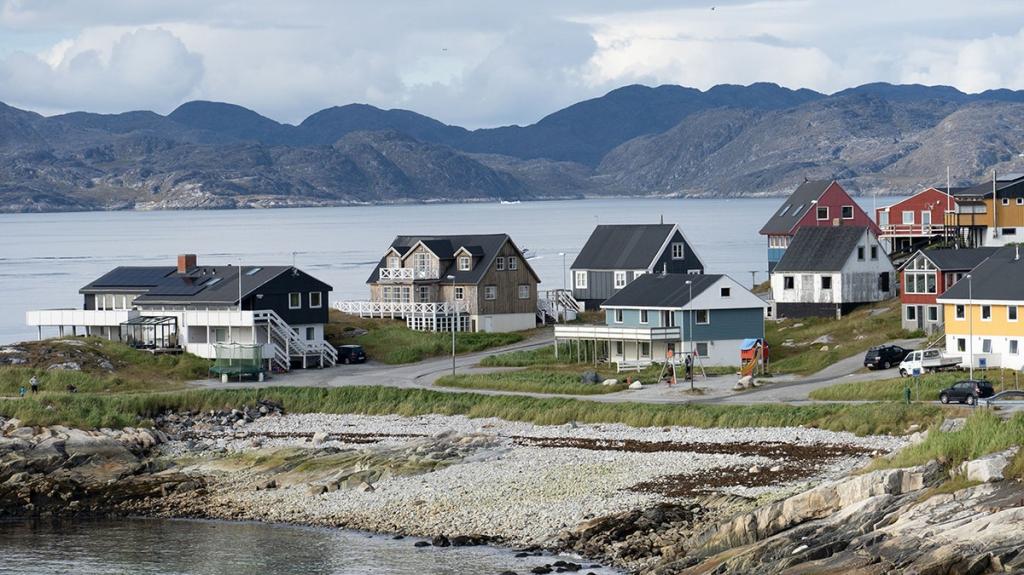Royal Visit to Australia Inspires Community and Education
King Charles III and Queen Camilla's Australian visit fosters community growth and sparks vital discussions on education and national identity.
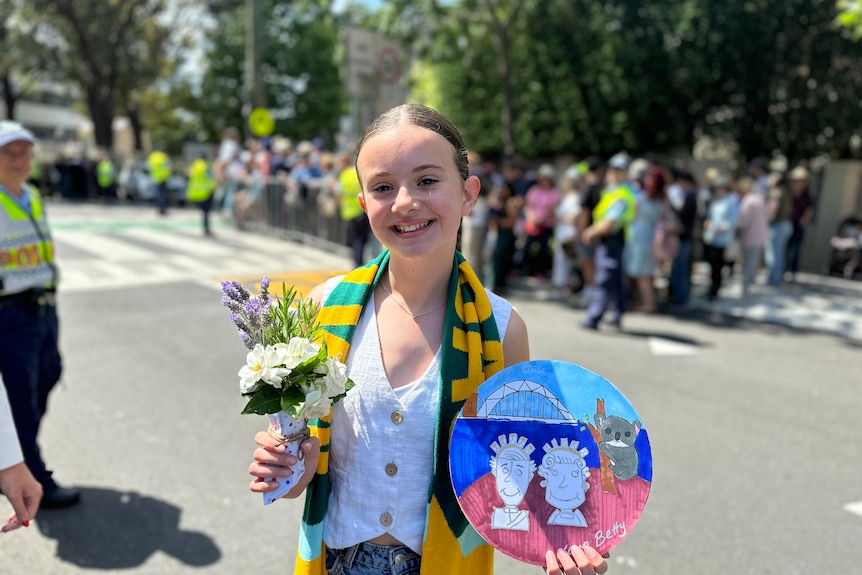
Key Points
- King Charles III
and
Queen Camilla’s visit to Australia emphasizes community growth, education, and the importance of forging strong connections.
- The royal couple's honorary military appointments symbolize the longstanding relationship between the monarchy and Australia.
- Protests during the visit highlight ongoing discussions about Australia's national identity and the push for greater recognition of Indigenous rights.
The recent visit of King Charles III and Queen Camilla to Australia has captivated the hearts of many, not only because of the royal couple's charm but also due to the deeper messages of connection, stability, and mutual respect that this visit represents. Their tour, which marks the first visit of a reigning monarch to Australia in over a decade, has sparked renewed discussions on Australia's identity, its relationship with the monarchy, and the significance of community engagement.
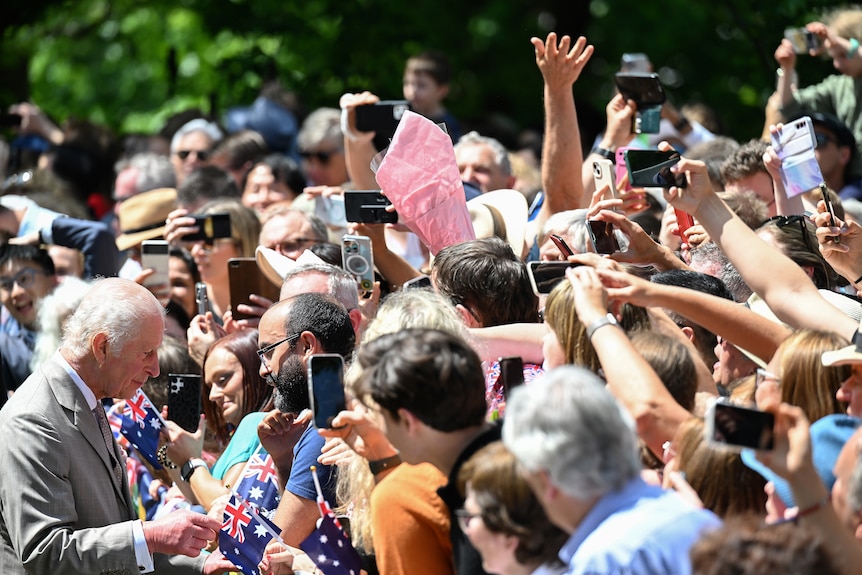
Significance of the Visit
King Charles and Queen Camilla arrived in Australia amid much fanfare, showcasing an iconic light display on the
featuring images from previous royal tours. This spectacle not only celebrated the royal legacy but also rekindled the public's interest in their historical connections. Throughout their visit, the royal couple engaged with various communities, with a particular focus on promoting education and development.
This visit highlights dignified respect for Australia's diverse culture and a commitment to fostering educational opportunities. For instance, the launch of the King’s Commonwealth Fellowship Programme aims to address pressing issues such as climate change and inequality in small island developing states, showcasing the royal family's dedication to addressing contemporary challenges.
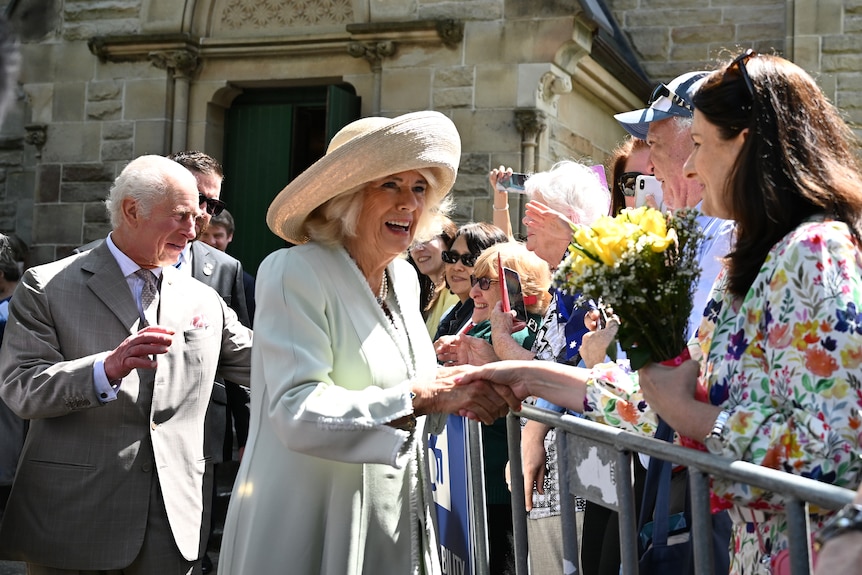
A Symbol of Strength and Connection
During their visit, King Charles was awarded honorary military ranks in the
, Army, and Air Force — an action described by the Governor-General as a powerful symbol of connection. These appointments reflect not just history but a commitment to the shared values between Australia and the British monarchy.
Chief of Defence Force Admiral David Johnston described the significance of these titles, noting that "the sovereign serves as an example of service". This statement reinforces the royal family's longstanding relationship with Australia, reminding citizens that their commitment goes beyond mere ceremonial duties; it's about fostering a sense of community and resilience.
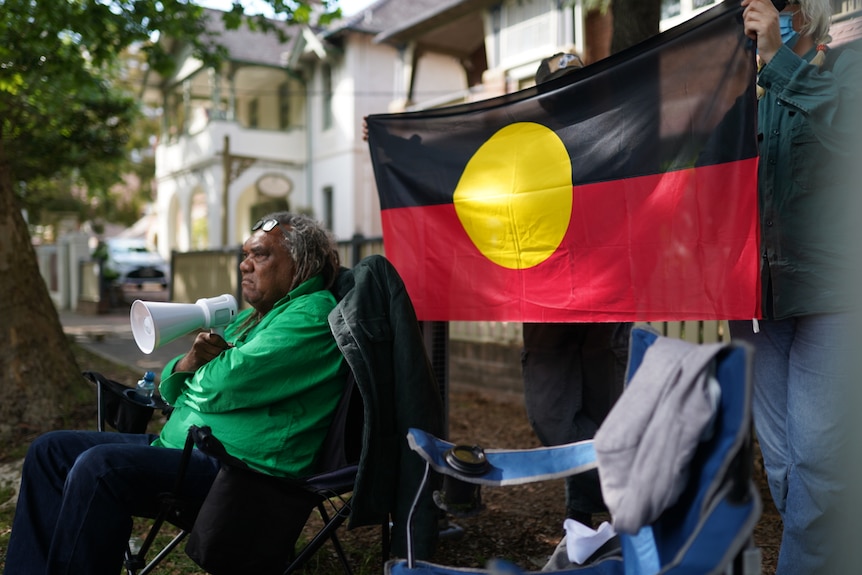
Balancing Tradition and Progress
Yet, the royal visit has not been without its controversies. Subtle tensions have surfaced, emphasizing a desire among some Australians for a republic, reflecting the country's complex views towards its colonial past. Protests during the visit highlighted calls for recognition and reparations concerning Indigenous rights, framing this royal tour as both a moment of celebration and a platform for critical dialogue.
Such protests serve as crucial reminders of Australia's history and the ongoing conversations about national identity and governance. The presence of demonstrators alongside well-wishers expressed a rich tapestry of opinions and a longing for a more inclusive dialogue regarding Australia's future.
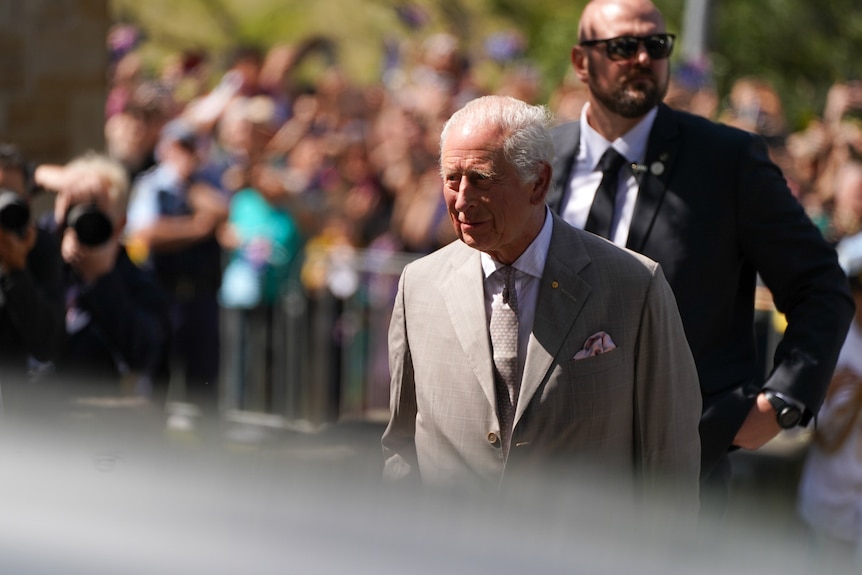
Youth Engagement and Future Opportunities
A notable aspect of the royal visit was the engagement with young Australians. Enthusiastic crowds of children welcomed the royals, showcasing a genuine connection that transcends age. Young fans brought homemade signs, highlighting the potential for building friendships that span generations. The excitement reflected in the faces of these children signals hope for future generations who might carry forward themes of respect and understanding.
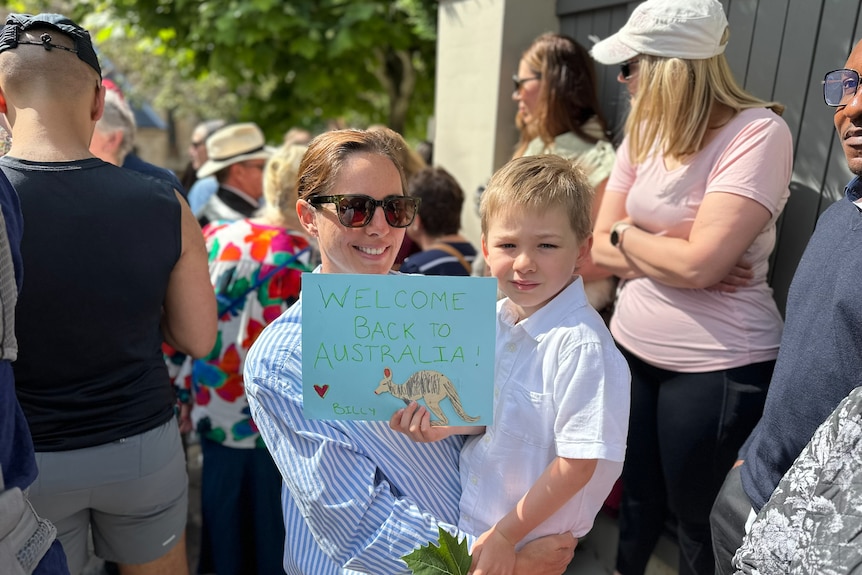
As education plays a pivotal role in community growth, the royal couple’s emphasis on academia through initiatives like the King’s Commonwealth Fellowship Programme shows their commitment to broadening horizons for young individuals. By focusing on climate resilience and local talent retention, this initiative aligns with a global call to action for sustainable development.
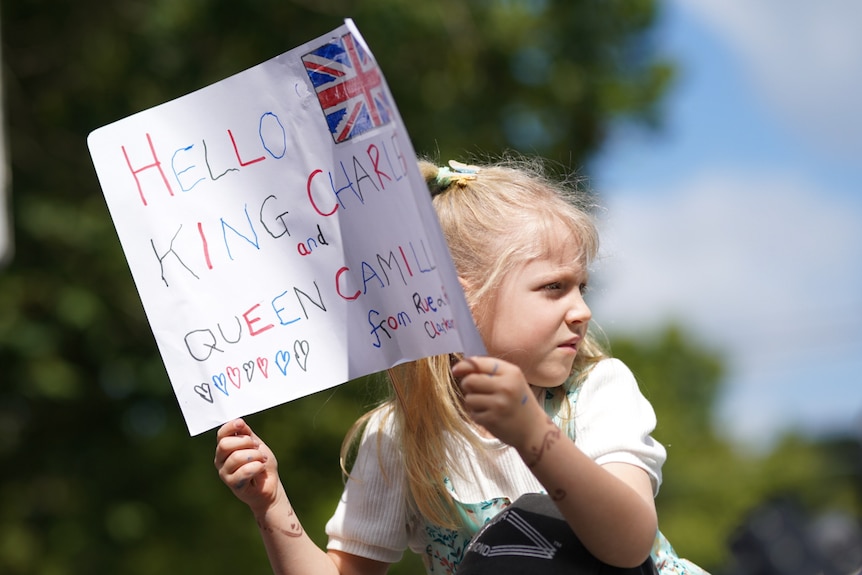
Through their six-day tour, King Charles III and Queen Camilla shone a spotlight on the potential for community growth across borders, emphasizing education and connection. They have ignited discussions on national identity, responsibility, and community engagement that could help shape Australia's future. As we reflect on the outcomes of this visit, it becomes evident that royal footsteps carry not just tradition, but a hopeful vision for a more inclusive and progressive society.
